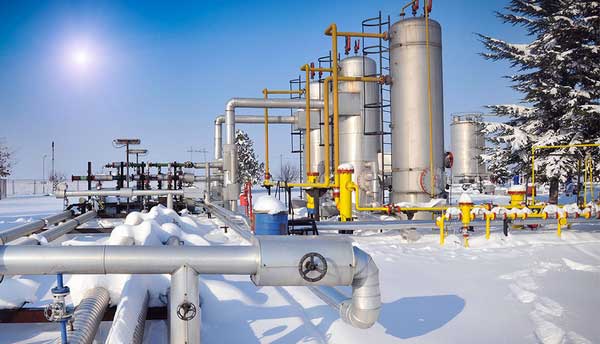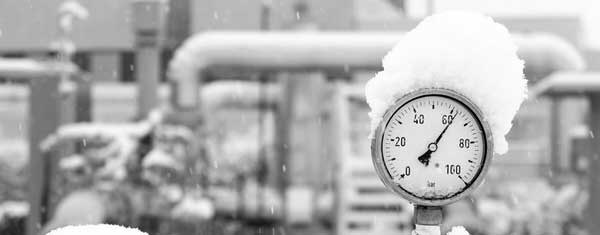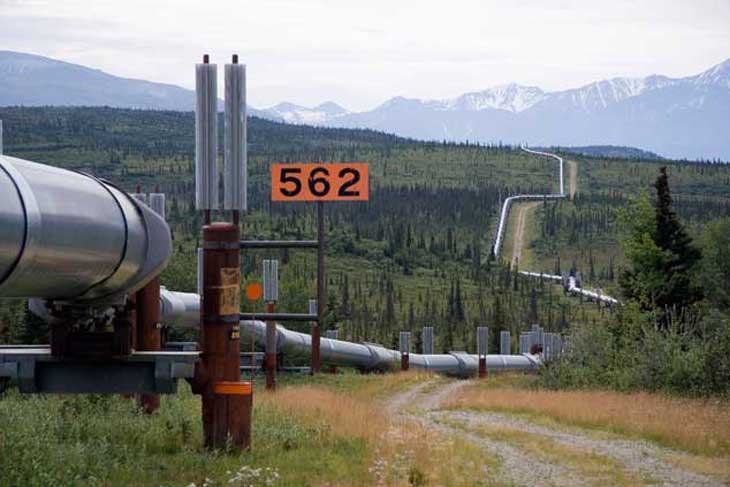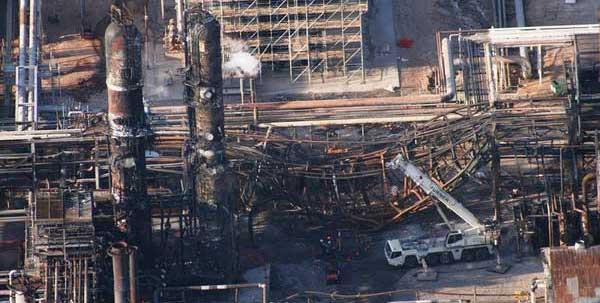
 |
Winterization systems |
Cold weather is dangerous for a number of reasons. For chemical plant workers, it poses significant risks that plant owners and managers must address to prevent catastrophic accidents such as spills, fires and explosions. Winterization, the process of preparing a plant for cold temperatures, is necessary to prevent weather-related incidents.
How low temperatures affect refineries, petrochemical plants and similar facilities
If you live in the United States, for example, you may have noticed that winters seem to be getting harsher, summers longer and storms worse. According to the United States Environmental Protection Agency (EPA), studies indicate that man-made climate change could lead to more extreme weather events, including both heat waves and extreme winter storms.
One of the examples of extreme winter weather occurred in Texas in February 2021. Called the Winter Outbreak by the National Weather Service, a strong Arctic cold front moved through southeast Texas. Snow and sleet fell across the state. Temperatures dropped to as low as -15°C in College Station, -11°C in Houston and -7°C in Galveston. Widespread power outages lasted for days, leaving millions of Texans frozen and in the dark. The Department of State Health attributed 246 deaths in 77 counties to what was one of the worst natural disasters in Texas history.

When temperatures drop, water and other materials in petro and chemical plants can freeze. When they freeze, they expand. When they expand, they can cause significant damage. Pipes can burst or break, process equipment can be damaged, and instrumentation can malfunction. Sometimes this damage is not visible until temperatures begin to rise again. When the ice thaws, leaks can occur. These leaks can go undetected until a serious problem develops. Cold temperatures can also cause solid hydrates to form in pipes, which can cause blockages that lead to serious accidents.
DuPont Chemical Plant Accident in LaPorte, Texas (2014)
2014 in November, 4 workers were killed by the release of toxic chemicals at a DuPont pesticide plant in LaPorte, Texas. Days before the deadly incident, water had mixed with liquid methyl mercaptan in outdoor pipes. Because the pipes were not properly protected from the cold, the low temperature caused the mixture to form a solid hydrate, clogging the pipes.
When DuPont's team discovered the blockage, they formulated a plan. They would spray hot water on the pipes to melt the hydrate while opening valves from the affected pipe to a vent pipe system to prevent problems caused by thermal expansion. The workers worked through the night and paused after their first attempt to clear the blockage failed. During this break, a new problem occurred.. there was too much pressure in the vent pipe system.
The vent pipe system at the LaPorte plant had been having problems for some time. Every day, workers had to enter the production building to drain fluid from the vent pipe system. On the evening of the accident, two workers went into the production building to do so, not realizing that the blockage had cleared and liquid methyl mercaptan was now flowing from the open valves. The room was filled with toxic fumes. One of the workers called for help and two workers responded to the distress call. Four workers died.
This is just one tragic example of how a company's failure to winterize a chemical plant led to a fatal accident. Refineries, plants and other facilities that contain hazardous materials must be properly winterized to prevent catastrophic injuries and loss of life.
What is Winterization?
Winterization is a term used to describe the process a plant, refinery or other facility undergoes to prepare for cold weather. Depending on the type of facility and expected temperature drops, winterizing may involve a number of plans, processes and procedures. Ideally, winter preparations begin in late summer or early fall to allow sufficient time to identify and resolve potential problems or deficiencies.
Winterizing a petrochemical plant can include steps such as..
- Retrofitting piping, instruments, and equipment for cold weather
- Putting up wind barriers
- Increased monitoring of critical areas
- Inspecting and upgrading equipment to better withstand cold temperatures
- Increased frequency of operator rounds during winter months
- Training workers on winterization methods and best practices
- Educating workers on how to recognize potential problems
- Drafting plans on how to address weather-related problems
- Completing a full walkthrough of the entire facility when winterization is complete
Plant operators should prepare winterization checklists with all the steps needed to prepare a plant for cold weather. A formal, written winterization program can ensure that nothing is overlooked. The program should also include best practices for returning the plant to normal operation once the cold weather is over.

A winter weather wake-up call for chemical plants
In February 2022, the U.S. Government Accountability Office (GAO) released a report detailing the risks that climate change could pose to regulated facilities such as chemical plants. According to the report, about 31% of plants that make, use or store hazardous chemicals are located in areas of the United States where natural disasters such as floods and severe storms are known to strike. Many believe that natural disasters will only increase in intensity and frequency due to climate change. Texas is proof of that.
Petro and Chemical plants cannot ignore extreme winter temperatures, especially given the risks hazardous chemicals can pose to the environment, plant workers and entire communities. The GAO has called for enhanced measures to assess risks from adverse weather conditions and natural disasters, identify compliance and deficiencies, and enforce appropriate risk management programs. These measures are designed to reduce the risk of chemical releases or other disasters from extreme weather events.
Too often it is the workers who pay the price when companies delay winterization or fail to replace outdated or defective equipment. Sometimes, like the four workers at the DuPont plant in LaPorte, they pay with their lives. Improper winterization can also increase the risk of a spill that affects groundwater and fragile ecosystems, not to mention local communities, wildlife, crops and livestock.
Winterization Safety Message
Winterization should become mandatory for chemical plants in areas where temperatures drop to dangerous lows. Companies owe it to their employees, the communities where their plants are located and the environment to take proper measures to prevent weather-related incidents.
References..
www.csb.gov
www.arnolditkin.com
Related Post(s)

Canada's pipelines are among the safest in the world. By 2020, transmission pipeline operators in Canada will have safely transported more than 1.3 billion barrels of crude oil and more than 4.5 trillion cubic feet of natural gas across the country...

